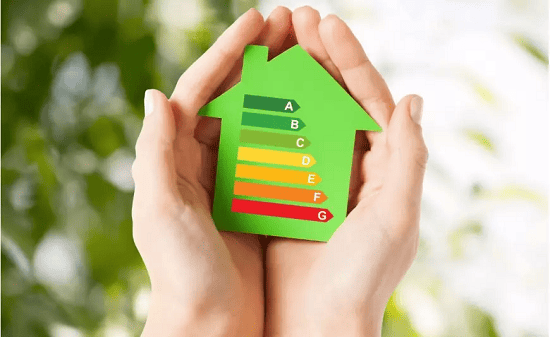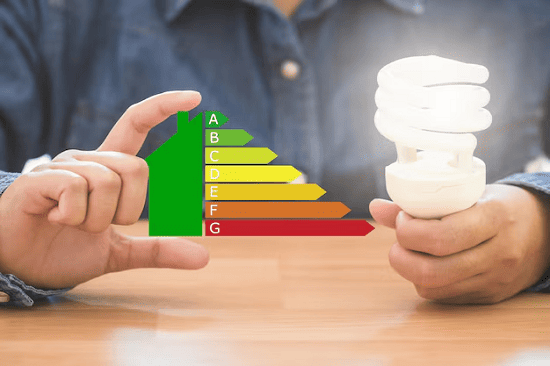Eco-friendly Housekeeping Chemicals
Eco-friendly Housekeeping Chemicals- Here are some eco-friendly housekeeping chemicals that are safe for you, your family, and the environment: Tips for using eco-friendly cleaning products: By using eco-friendly housekeeping chemicals, you can help to protect the environment and keep your home healthy and safe. What is Required Eco-friendly Housekeeping Chemicals Eco-friendly housekeeping chemicals prioritize using ingredients that are safe for humans, animals, and the environment. Here’s what typically constitutes eco-friendly cleaning products: Important Note: Even “natural” products can have limitations. Always test in an inconspicuous area first, especially on delicate surfaces. By choosing eco-friendly cleaning products, you can reduce your environmental impact and create a healthier home for yourself and your family. Who is Required Eco-friendly Housekeeping Chemicals Courtesy: Chemical Laboratory While there aren’t always strict legal requirements for everyone to use eco-friendly housekeeping chemicals, there are several groups and situations where their use is highly encouraged or even mandated: Keep in mind: The specific requirements for eco-friendly cleaning products can vary depending on the location and industry. When is Required Eco-friendly Housekeeping Chemicals Eco-friendly housekeeping chemicals are required or highly recommended in situations where: I hope this provides a clearer understanding of when eco-friendly housekeeping chemicals are required or highly recommended. Where is Required Eco-friendly Housekeeping Chemicals Eco-friendly housekeeping chemicals are often required or strongly recommended in these specific locations: How is Required Eco-friendly Housekeeping Chemicals Courtesy: AspenClean West Vancouver Eco-friendly housekeeping chemicals are required or strongly recommended in situations where: I hope this provides a clearer understanding of when eco-friendly housekeeping chemicals are required or highly recommended. Case Study on Eco-friendly Housekeeping Chemicals Eco-Friendly Cleaning at a Large Hotel Chain Background: A major international hotel chain faced increasing pressure from guests and investors to enhance its environmental sustainability. They recognized that their housekeeping department, with its extensive use of traditional cleaning chemicals, presented a significant environmental impact. Challenges: Solution: The hotel chain embarked on a comprehensive program to transition to eco-friendly cleaning practices across all its properties. This involved: Results: Conclusion: This case study demonstrates the successful implementation of eco-friendly cleaning practices within a large-scale commercial setting. By prioritizing environmental sustainability, the hotel chain achieved significant benefits, including improved guest satisfaction, enhanced brand reputation, and reduced environmental impact. Note: This is a fictionalized case study for illustrative purposes. Actual results may vary depending on the specific circumstances and implementation strategies. White paper on Eco-friendly Housekeeping Chemicals The Rise of Eco-Friendly Housekeeping Chemicals 1. Introduction Traditional housekeeping chemicals often contain harsh ingredients that can harm human health and the environment. This white paper explores the growing trend of eco-friendly housekeeping chemicals, examining their benefits, challenges, and implications for the future. 2. Defining Eco-Friendly Housekeeping Chemicals Eco-friendly housekeeping chemicals prioritize: 3. Benefits of Eco-Friendly Housekeeping Chemicals 4. Challenges and Considerations 5. The Future of Eco-Friendly Housekeeping Chemicals 6. Conclusion The use of eco-friendly housekeeping chemicals is not just a trend; it is a crucial step towards a more sustainable and healthy future. By embracing these products, individuals, businesses, and institutions can contribute to a cleaner environment, protect human health, and promote responsible consumption. 7. Recommendations This white paper provides a general overview of eco-friendly housekeeping chemicals. Further research and ongoing evaluation are necessary to fully understand the long-term impacts and potential of these products. Disclaimer: This white paper is for informational purposes only and should not be considered professional advice. Note: This white paper provides a basic framework. You can expand on it by: I hope this white paper provides a valuable resource for understanding the importance of eco-friendly housekeeping chemicals. Industrial Application of Eco-friendly Housekeeping Chemicals Courtesy: PJP, An Envoy Solutions Company Eco-friendly housekeeping chemicals find diverse applications across various industrial sectors, offering significant benefits in terms of environmental sustainability, worker safety, and brand image. Here are some key areas: 1. Manufacturing: 2. Healthcare: 3. Hospitality: 4. Transportation: 5. Commercial Buildings: Key Benefits of Using Eco-Friendly Housekeeping Chemicals in Industrial Settings: Conclusion: The use of eco-friendly housekeeping chemicals is becoming increasingly important in industrial settings. By prioritizing sustainability and worker safety, industries can contribute to a healthier environment and improve their overall environmental performance. Disclaimer: This information is for general knowledge and informational purposes only. For specific applications and safety guidelines, always refer to the manufacturer’s instructions and consult with relevant safety and environmental regulations. References
















